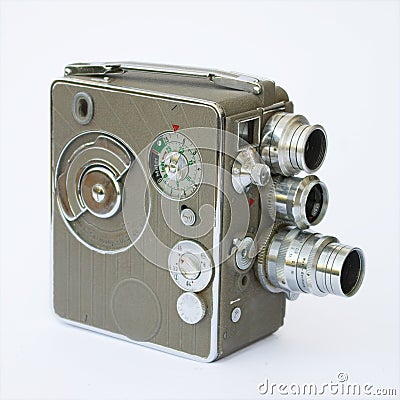I.T stands for "Information Technology," and refers to anything related to computing technology, such as networking, hardware, software, the Internet, or the people that work with these technologies. Many companies now have IT departments for managing the computers, networks, and other technical areas of their businesses. IT jobs include computer programming, network administration, computer engineering, Web development, technical support, and many other related occupations. Since we live in the "information age," information technology has become a part of our everyday lives. That means the term "IT," already highly overused, is here to stay. (Information Technology, 2006). To me, this definition covers everything to do with Information Technology (IT). Information technology is anything involved in computing and its uses such as storage, processing, retrieving and sending information. It is how people these days communicate, and without this in society, many would struggle with working a day to day life.
I.T is hugely prevalent in society. Many individuals rely on I.T in order to complete everyday tasks in the workplace and home. Back in history, computers were always just used as “artificial brains”; a device used to attack problems and process information. But “gradually, the devices acquired a different function. They became smart links, machines that connected devices, data and people. They went from being computing machines to connection machines” (20 Years of IT History: Connecting Devices, Data and People, 2006). This quote really shows how much I.T has grown and been accepted into society. Through I.T people are able to stay connected with those people that they no longer see or that it is difficult to get in touch with in different ways.
As this graph shows that even between 1986 and 1997 the percentage of households with computers rose significantly from 6.7% to 27.6% (Computers in Homes, 2006). These days, computers and I.T have become even more of a common place and most NZ homes would have access to I.T. It is very uncommon for someone in society to not have access to I.T or to have used it at some stage in their life. Even my Granddad knows everything and anything about computers, the internet and everything that goes along with it!
I have personally been using different forms of I.T for many years such as digital cameras, IPods, cellphones, external hard-drives and of course computers. Even back in primary school we would use the computers to play games and do some work on. Then all the way through high school and Polytech I.T was largely used in order to carry out general work, research and study. Therefore, through all of this practice and experience that I have had with I.T, I am pretty comfortable with using different devices and forms of I.T for different reasons. Having the access to such I.T has really expanded my ability to use and keep up to date with these devices.
“Occupational therapists need to embrace the use of mainstream technology in their quest to ensure that therapy remains current and meaningful to their clients” (Verdonck & Ryan, 2008). I.T is being widely used in Occupational Therapy practice, as the information and communication technologies are becoming extremely more common place and part of clients’ everyday activities. Not only is I.T used in the clients’ activities, but also for an Occupational Therapist. As I saw on my fieldwork experience, I.T is essential in a community setting. Computer systems are used throughout the clinic in order to be able to gather data on clients, but then also when out in the community the therapist would not be able to work to the best of their ability without I.T such as cell phones. Cell phones are a very important device in order for the therapists to remember their appointments, to get in contact with the rest of the team and just in general emergencies. However, an issue with this reliance on I.T systems is that if the computer crashes then the information is either temporarily or forever lost. Here is a link showing online technology for Occupational Therapy:
Verdonck, M., & Ryan, S. (2008). Mainstream technology as an occupational therapy tool: technophobe or technogeek? British Journal of Occupational Therapy , 71(6), 253-256.
Many ethical implications arise from capturing, sharing and transferring information over I.T devices. Pictures and information get misused over the internet, or get used without the consent of the individuals in the photograph or information. This is often seen through videos, etc. that are posted onto sites such as YouTube. Once an interesting video goes onto YouTube, the amount of people that look at it is incredible; and once it is on cyberspace, there is no way of getting it back. It is there for the world to use and look at.
Definitions:
Intellectual property (IP): Documented or undocumented knowledge, creative ideas, or expressions of human mind that have commercial(monetary) value and are protectable under copyright, patent, service mark, trademark, or trade secret laws from imitation, infringement, and dilution. Intellectual property includes brand names, discoveries, formulas, inventions, know how, registered designs, software, and works of artistic, literary, or musical nature. It is one of the most readily tradable property in the internet (digital)marketplace (Intellectual Property, 2011).
Social Justice: The fair and proper administration of laws conforming to the natural law that all persons, irrespective of ethnic origin, gender, possessions, race, religion, etc., are to be treated equally and without prejudice (Social Justice, 2011).
Informed consent: is a legal condition whereby a person can be said to have given consent based upon a full appreciation and understanding of the facts and implications of any actions, with the individual being in possession of all of his faculties and his judgment not being impaired at the time of consenting (Informed Consent, n.d).


